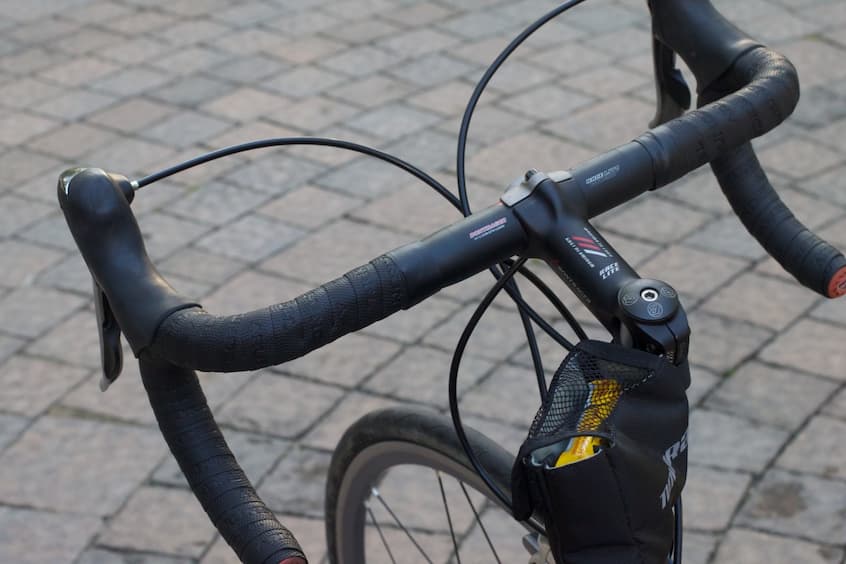
The Whats and Hows of Bicycle Handlebar Tape
There are stark differences between road and mountain bike handlebars. The first are drop bars, have three distinct riding positions and brake and shift levers situated on the hoods. This is the most natural riding position (the others being the drops and tops). The drops are good for a tucked position further forward and ideal when sprinting or descending, and the tops are for more leisurely rides and when going uphill.
Mountain bikes, on the other hand, have flat handlebars that are also much wider. The hands can be placed only in one position and shift levers and brakes are operated by thumbs or fingers. The different designs mean riders will be assuming a different riding positions. And bikes that are meant for different surfaces. If you’re having a hard time choosing your first bike, it’s the sum of these differences that will affect your buying choices.
With less in the way of suspension (apart from cushioning offered by the carbon forks) all road bikes have bike bar tape. This is to lessen the unevenness in road surfaces going through the hands, and as handlebars are one of three contact points with the bike (the other two being the saddle and pedals), bar tape can have a large say in overall grip and control. Different materials will do this differently. And different colour schemes can bring new life, and a renewed love for cycling, in older bikes.
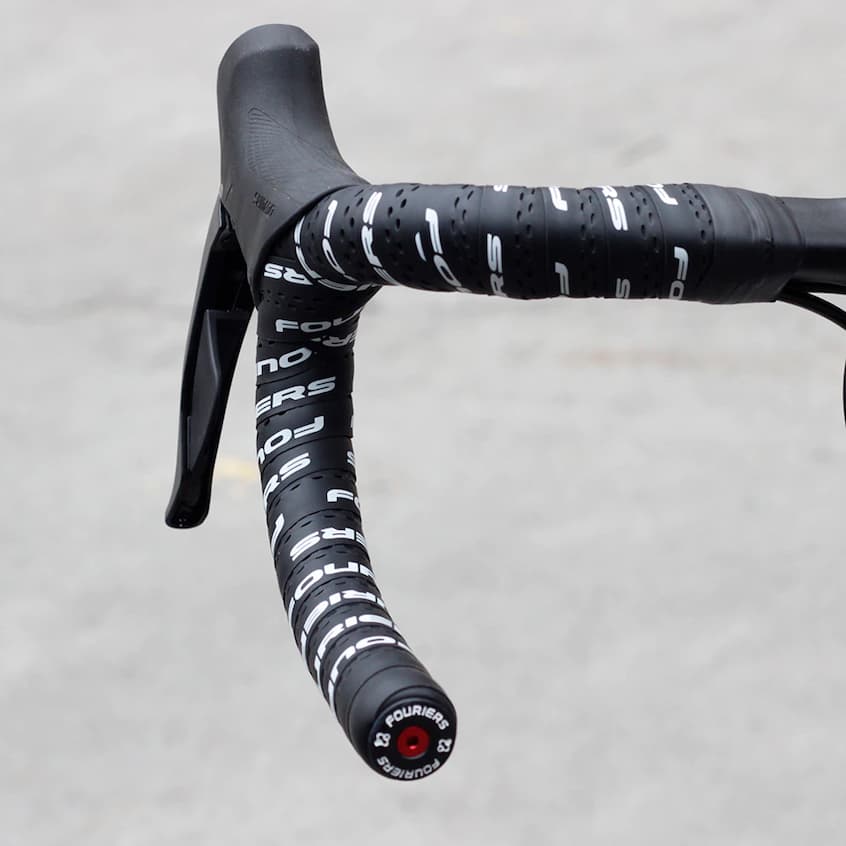
Contents
Why Bar Tape Matters?
Handlebar tape has evolved just like road bikes have. Older bikes used to have thinner tape that gave direct feedback from the bike and road. With changing bike geometries that go for more comfort than outright speed, bike bar tape has also become thicker. And today’s cyclists appreciate the extra cushioning and added layer of comfort to absorb uneven road surfaces. This will also reduce rider fatigue and numbness on longer rides.
With changes in materials, riders also get an increased grip. The handlebars are after all the main contact point and one which directly determines how you ride. More grip essentially equates to more control, especially in bar tape that has a tacky feel, irrespective of the weather conditions, and something you’ll want if you’re not a fan of wearing cycling gloves. Here different finishes and textures will provide varying grip levels.
Lastly, there are appearances to keep up. There are tapes in different designs and colours and these can be matched with the frame, fork, saddle or any bike component that you see fit. The good thing is that bar tape is inexpensive and you can change the looks of your bike whenever you feel like it.
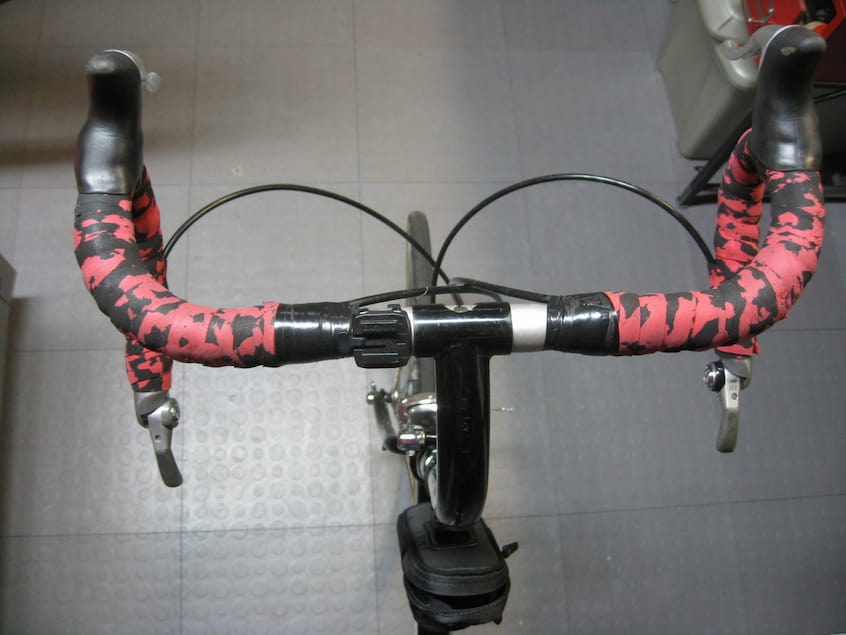
What to Look for in Handlebar Tape?
Materials
Materials determine the amount of padding and comfort, grip levels (with textured surfaces and a tacky feel) and durability in both wet and dry conditions. There’s a wide range to choose from, including new takes on popular choices of yesteryear.
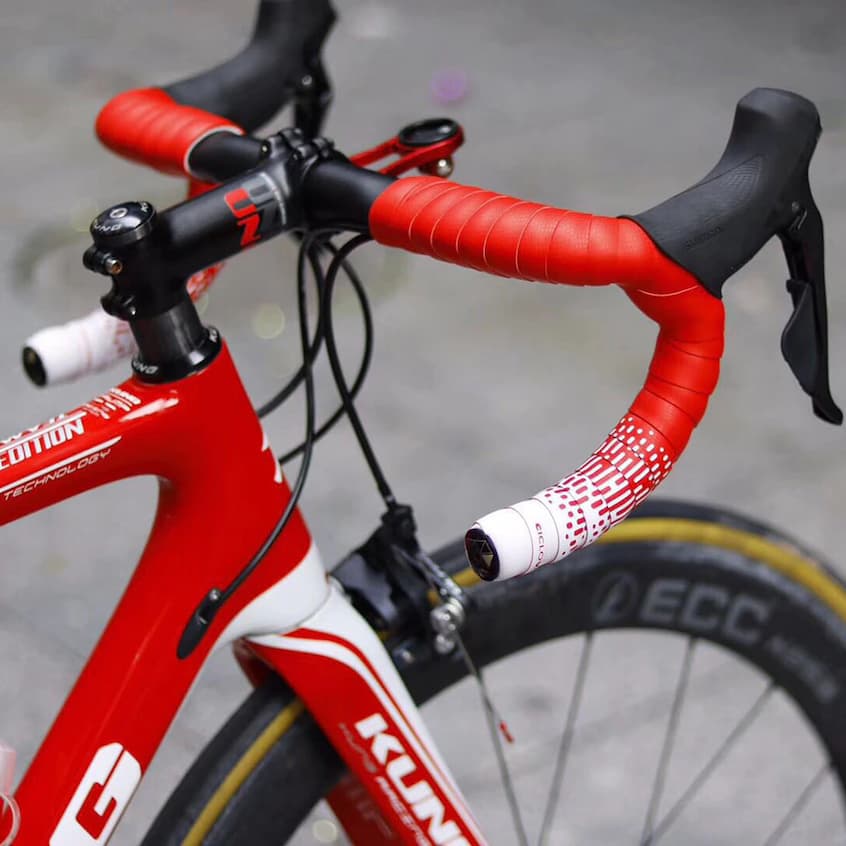
Cotton
This was amongst the first materials wrapped around the handlebars. It was extensively used until the late 1970s when it was replaced with plastic and cork. If you’re after that old-school look, cotton bar tape can still be found today. It has an adhesive backing making it easy to get on the bars, but still requires a dose of shellac resin to get right.
Plastic, Vinyl, Cork Bar and Foam Tape
The 1980s saw a slew of different materials used on the bars. Plastic soon took over, being pushed into official race usage. It was easier to apply and available in more colours, though white still remained the favourite among racers. At the same time, imitation leather and vinyl became common and had a cleaner look when wrapped. More padding came with the advent of EVA foam combined with cork and this became the trend in the following decade.
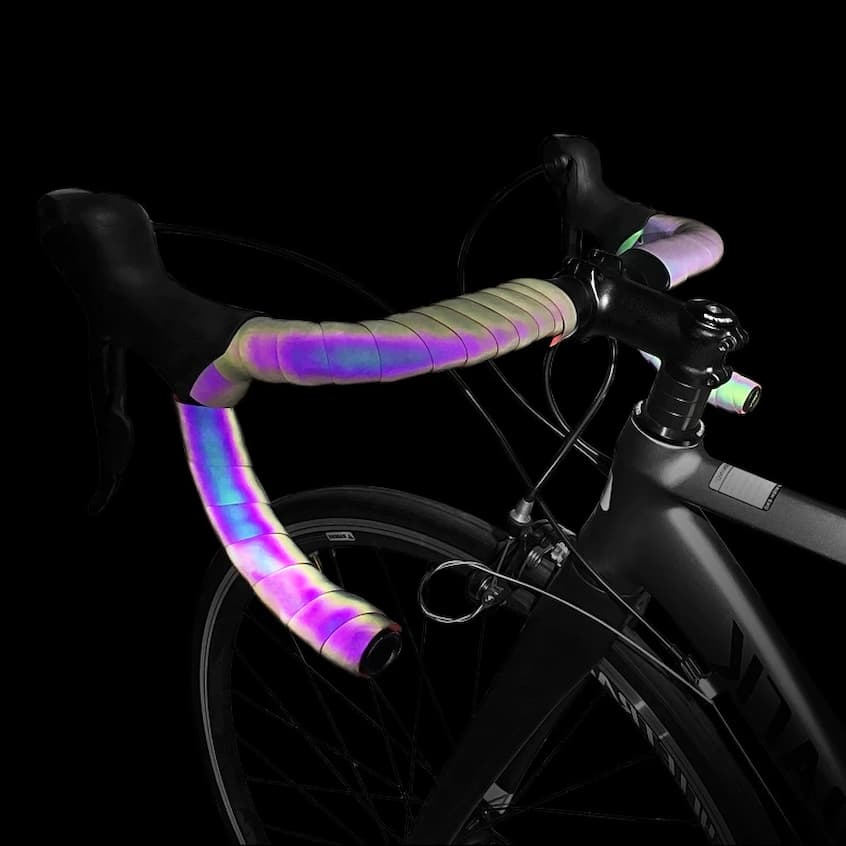
Microfibre, Polyurethane and Synthetics
Microfibre combined with a foam backing is used in newer bikes, and this is both comfortable (as it is breathable), hardwearing, offers loads of grip and is easy to wash. It can be sourced in different thicknesses, textures and finishes. Polyurethane offers more flex, is easier to apply and shares the same benefits as microfibre tape. Both materials are lightweight and can be sourced in thinner variants without affecting cushioning. Similar are bars made of silicone and nylon.
Thickness
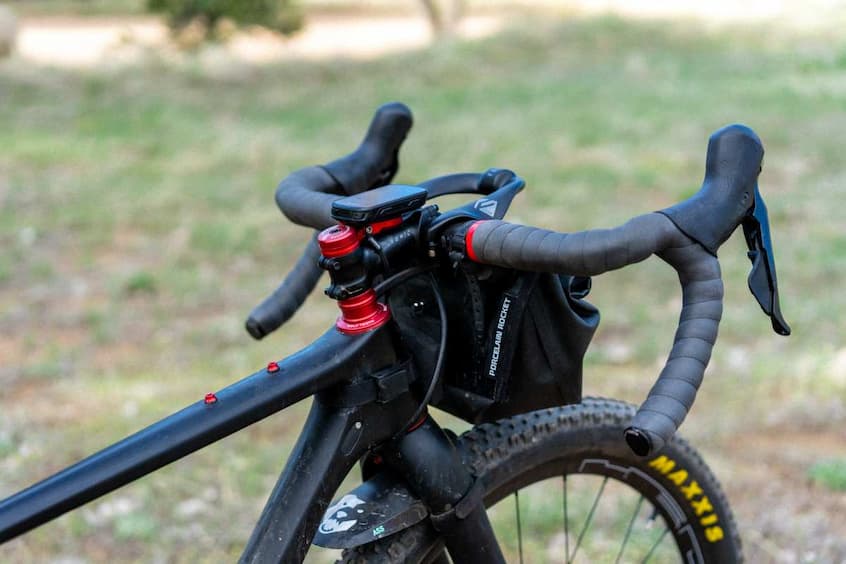
How thick the bike bar tape is will mean how much of the road imperfections go through the hands. Bar tape can come in a thinner, ultra-low profile measuring up to 1.8mm, and is preferred by sprinters. The middle ground is occupied by bar tape with a thickness of 2 to 2.5mm, and this is what you’d find in most new bikes, irrespective of the geometry. Thicker tape, in 3mm or more is what you’ll use on gravel and cobblestones, and this is a standard feature on gravel bikes.
Colours
Black is a safe choice as it won’t show sweat stains and dirt as much as brighter colours. White, while looking good, will soon show its age and will require more cleaning. You can also experiment with different colour combos.

